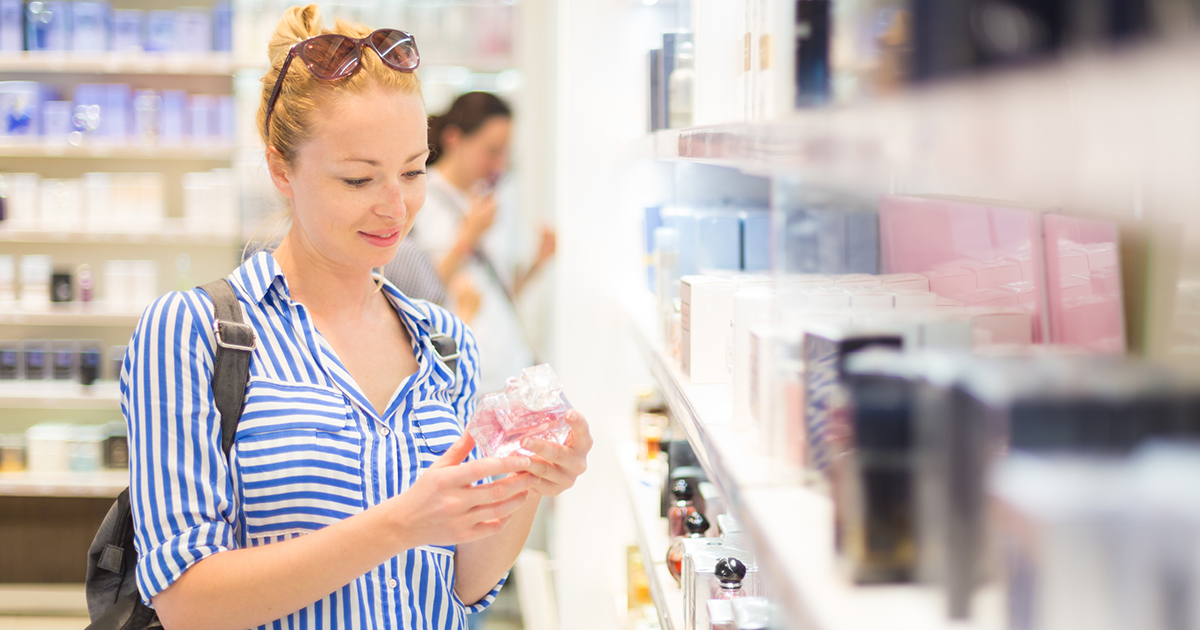Triggers For Atopic Dermatitis Flare-Ups
Atopic dermatitis is a form of eczema that typically begins before the individual is five years old. Patients with this condition have flare-ups interspersed with periods of remission. Atopic dermatitis causes itchy rashes in skin folds and on areas such as the face, hands, arms, feet, and ankles. Patients could develop open sores, cracked skin, or scaly patches, and itching can introduce bacteria that might produce a skin infection. For some patients, symptoms can persist into adulthood. Individuals with atopic dermatitis typically work with a dermatologist to develop a treatment plan. Topical treatments, light therapy, wet wrap therapy, immunosuppressants, and biologics are a few of the treatment options that could be explored. Antibiotics may be necessary for patients who have skin infections.
Flare-ups of atopic dermatitis can be triggered by allergens and items in the patient's environment. Some of the most common triggers for flare-ups are discussed below.
Perfume And Makeup

Patients with atopic dermatitis might experience a flare-up after applying certain types of perfume and makeup. These cosmetics typically contain dyes, parabens, and petroleum-based ingredients that could cause skin redness, irritation, and dryness. Perfumes can be particularly problematic for patients with atopic dermatitis, as they can contain more than one hundred ingredients, many of which are not disclosed by the manufacturers. In fact, fragrances cause between thirty to forty-five percent of the reported reactions to cosmetic products. To reduce the risk of a flare-up when using perfume, patients might want to consider purchasing a fragrance that contains as few ingredients as possible or one marketed towards individuals with sensitive skin. It can be helpful to spray perfume on clothing instead of spraying it directly onto the skin. Patients with atopic dermatitis should perform a patch test before using any perfume. In terms of makeup, using organic products free from synthetic dyes and artificial preservatives may help. For example, some lipsticks and eyeshadows are now pigmented with fruit dyes, and these could provide a safer alternative for individuals with atopic dermatitis.
Uncover more triggers for flare-ups of atopic dermatitis now.